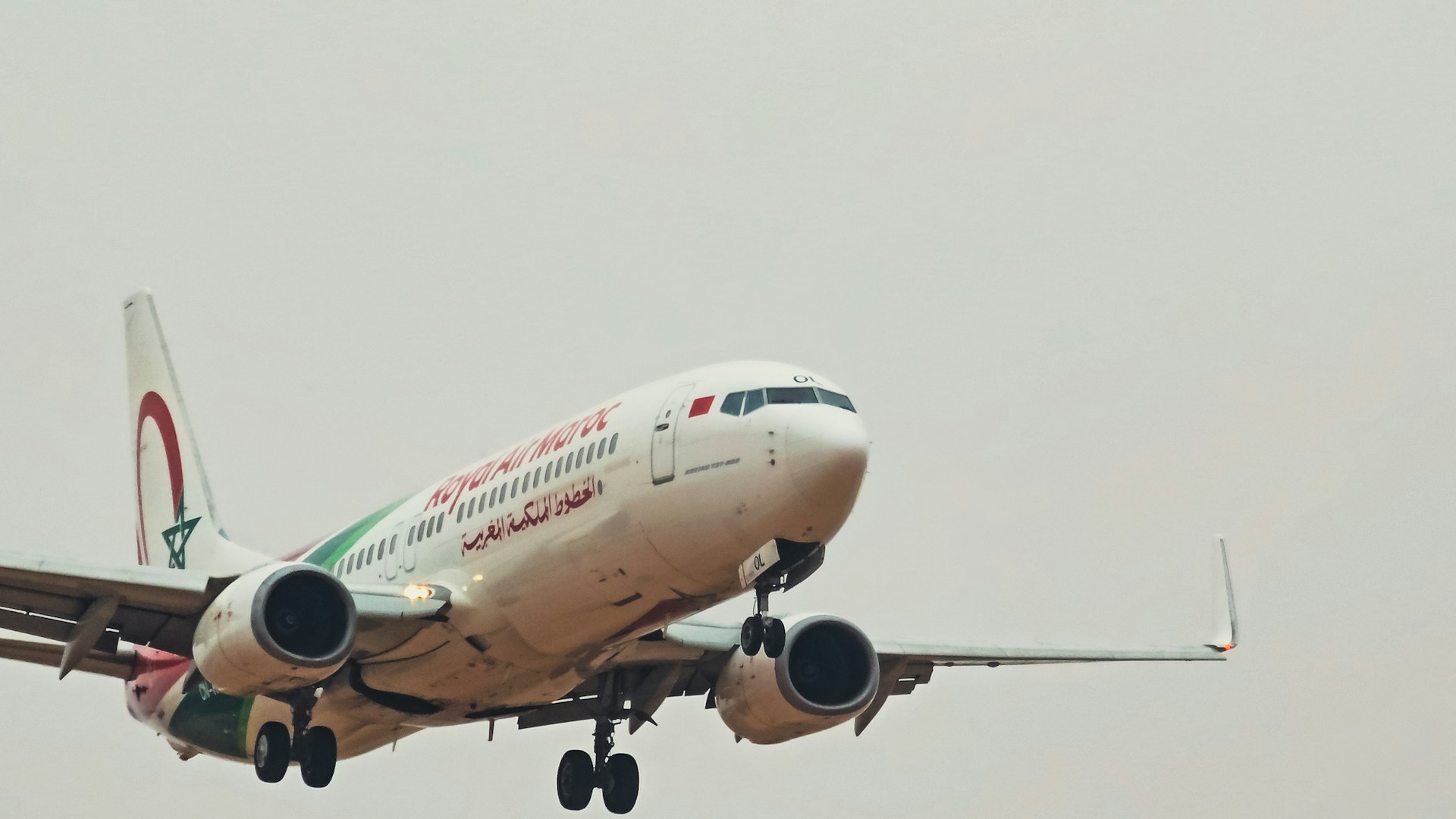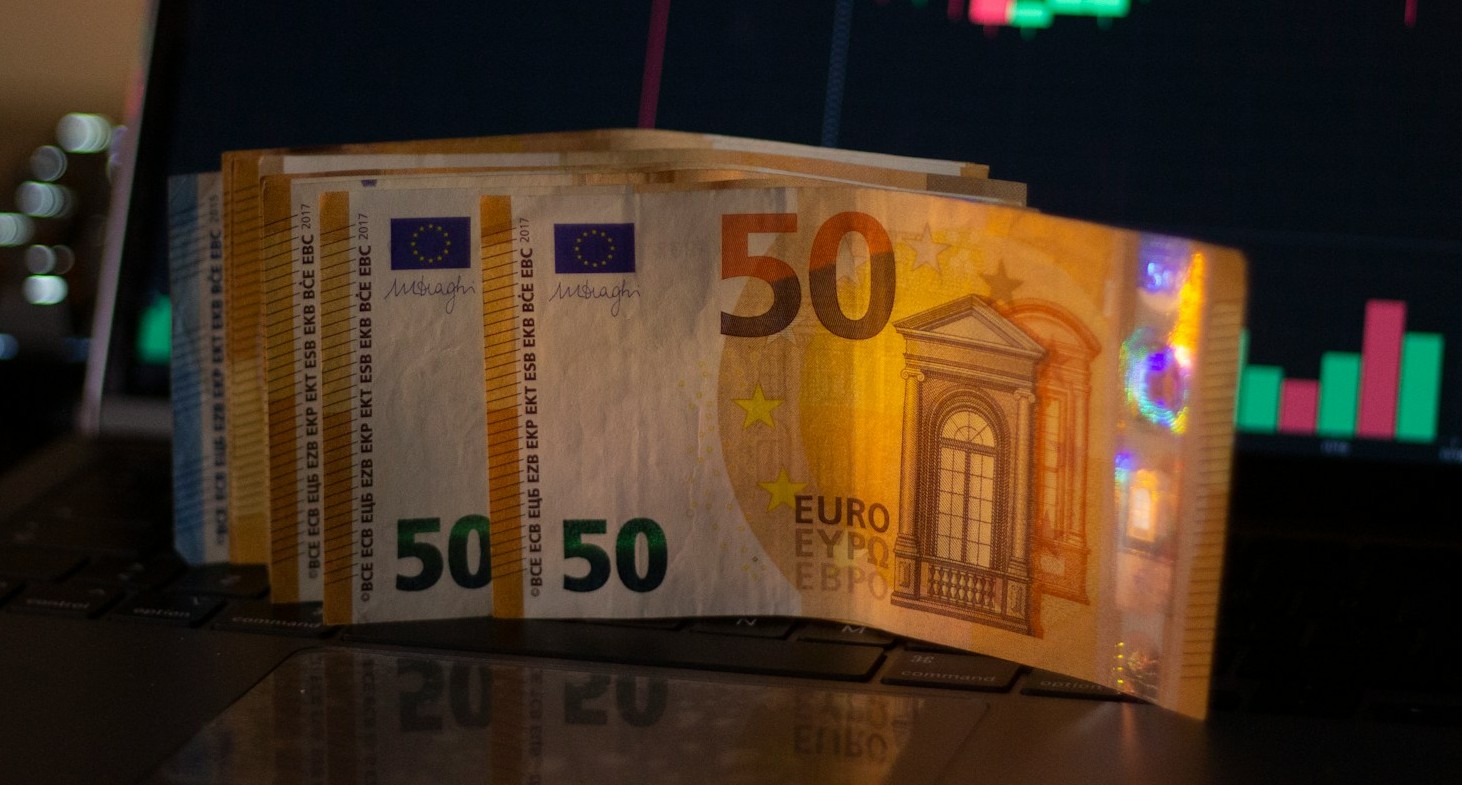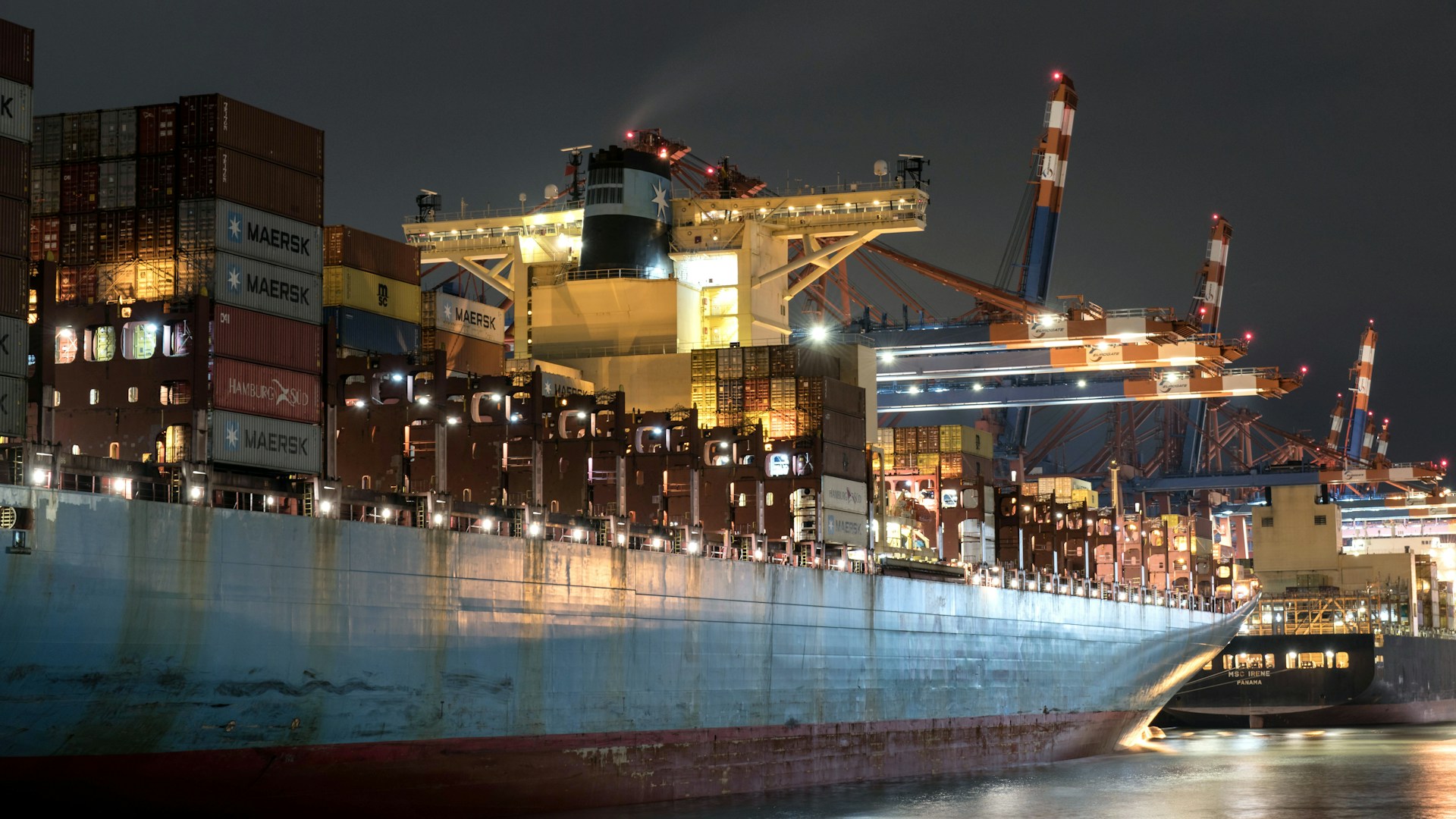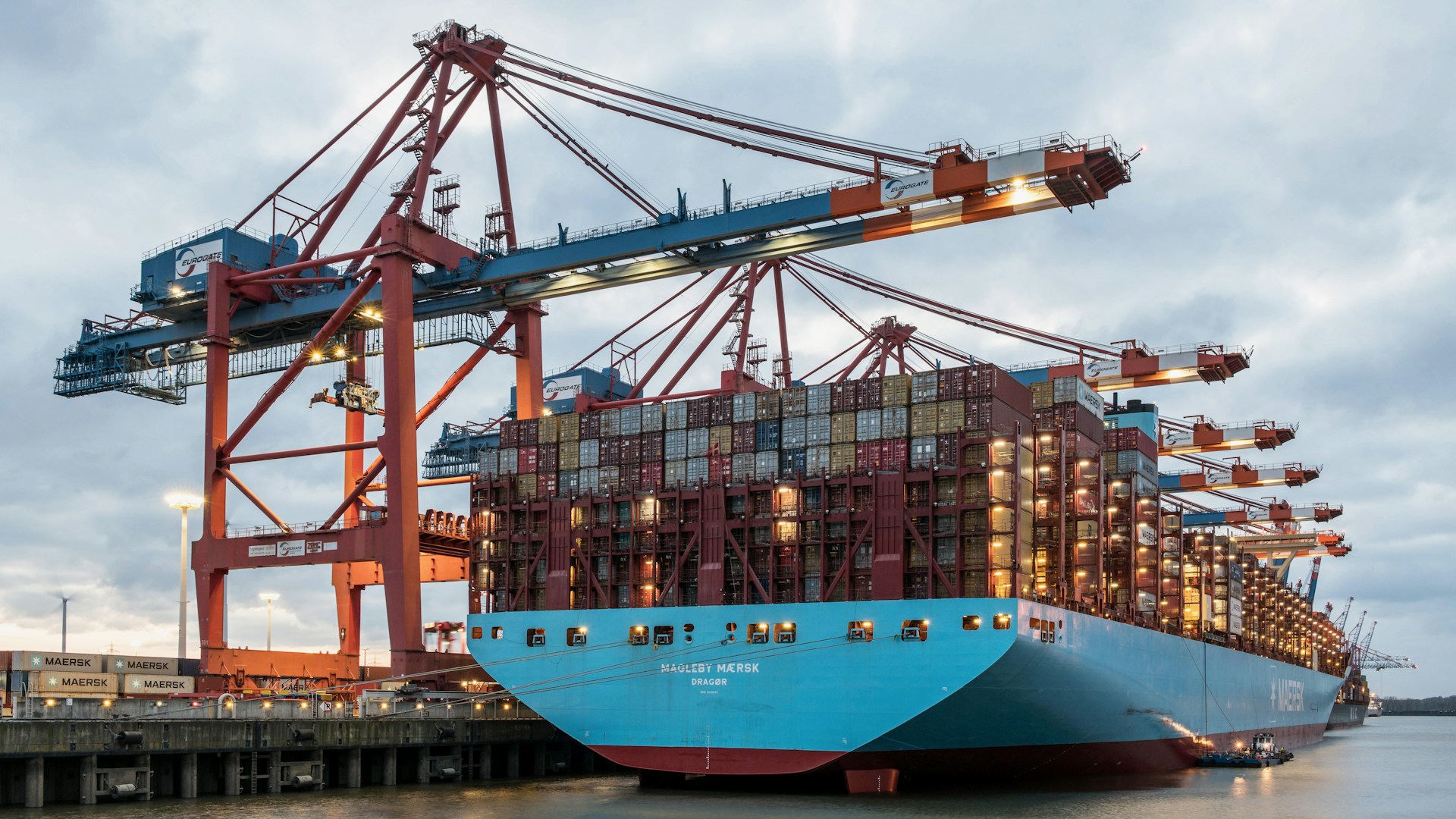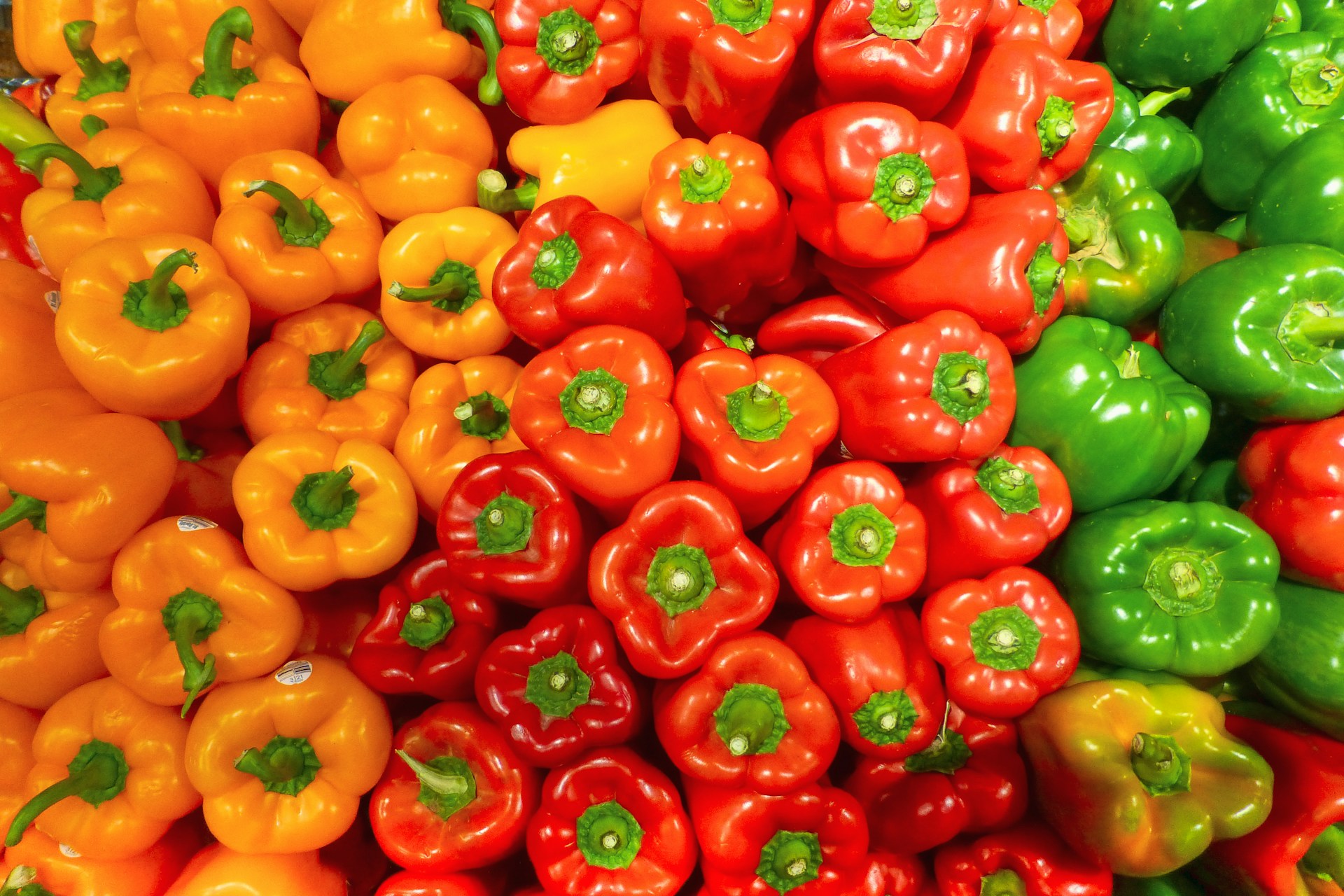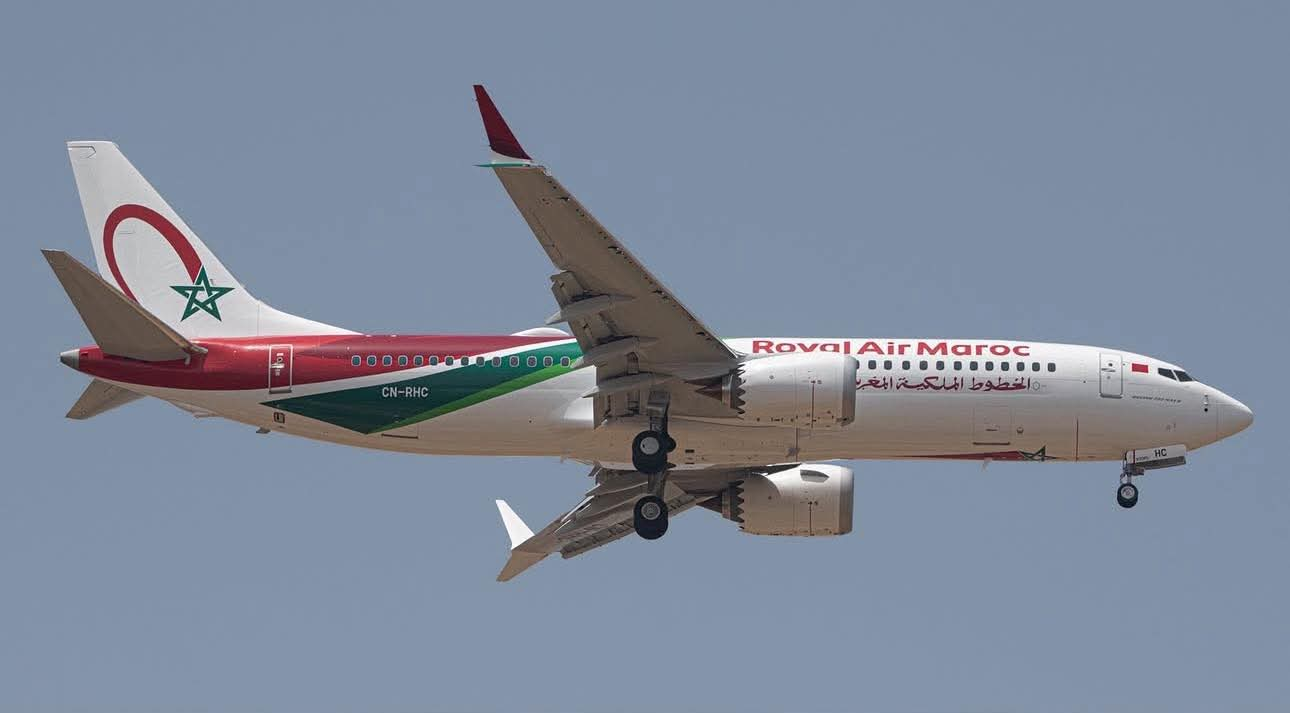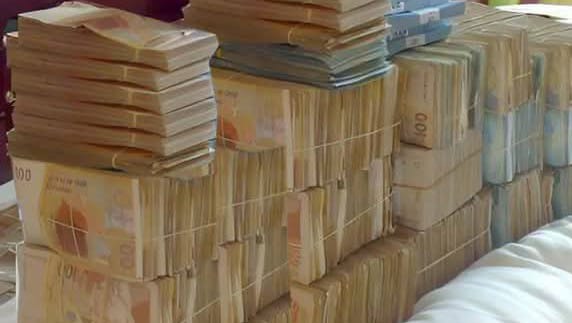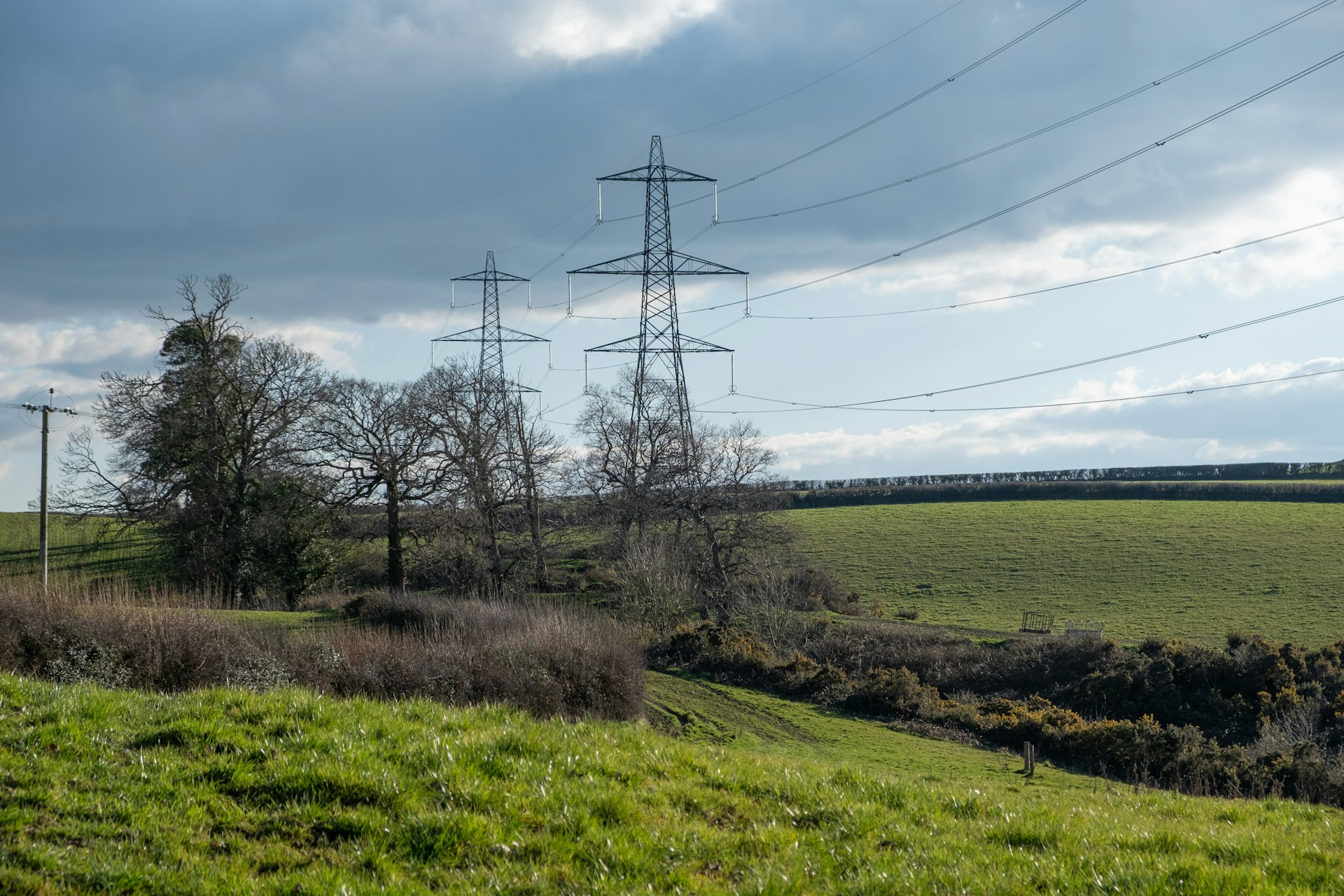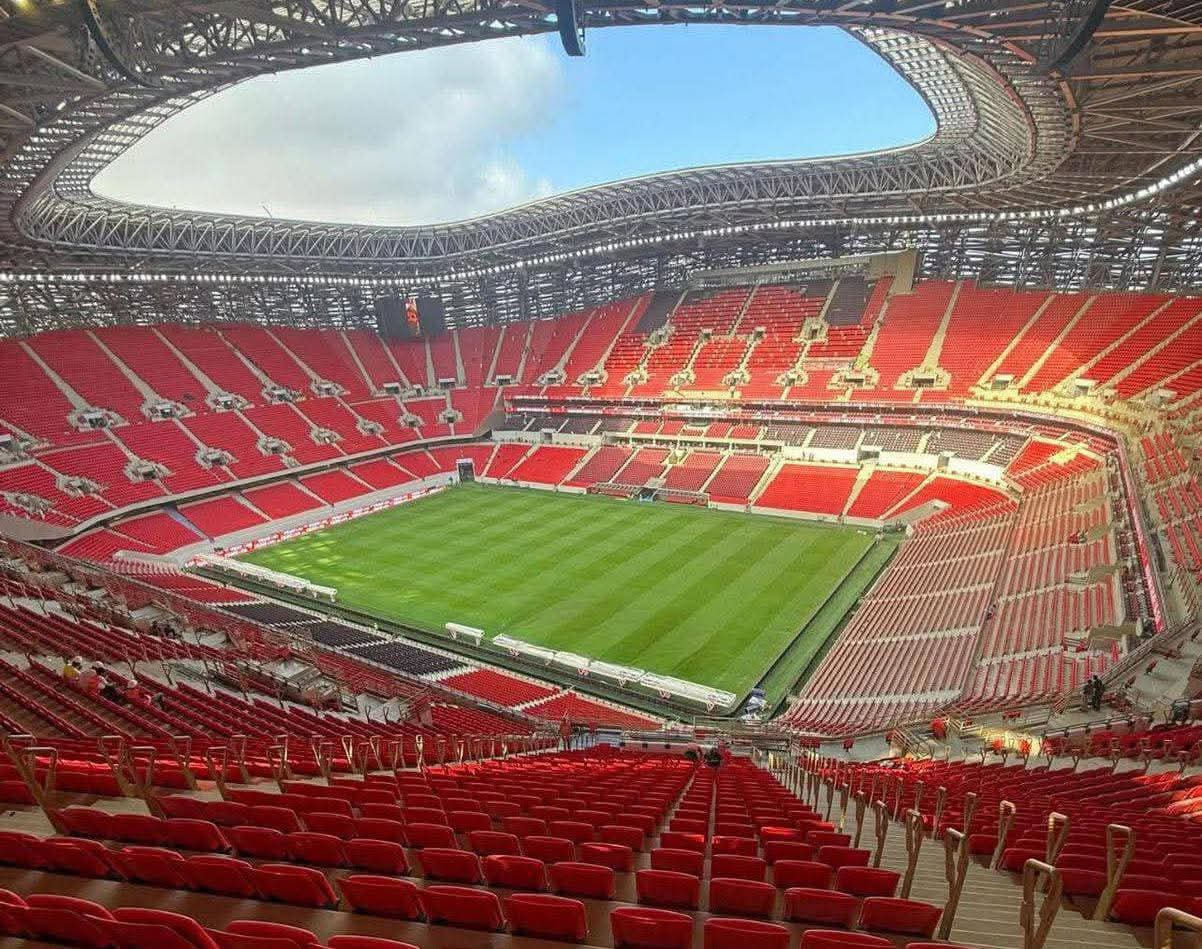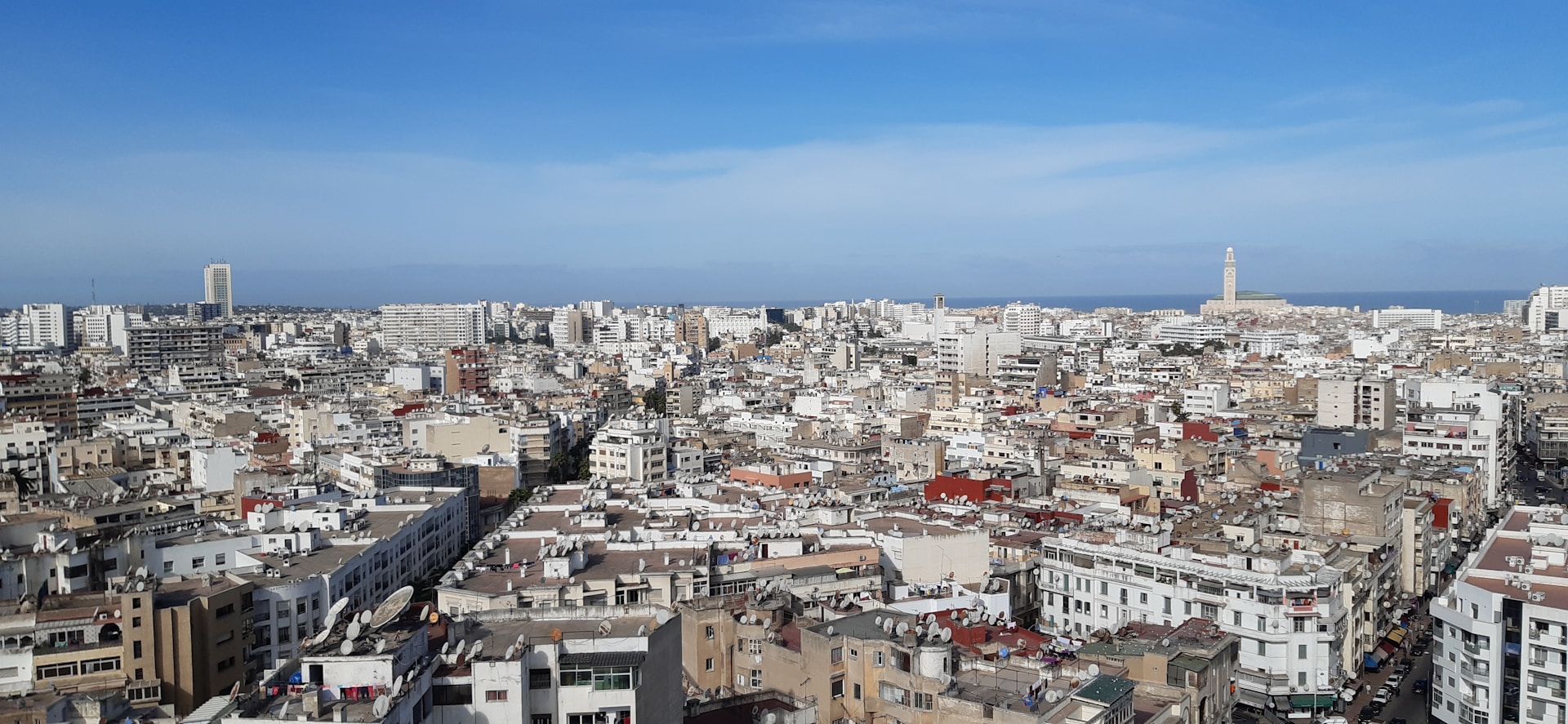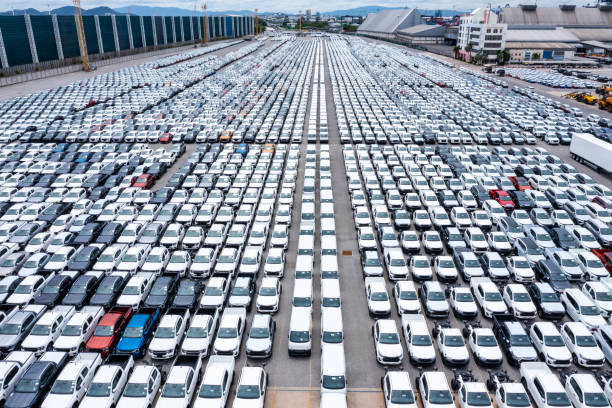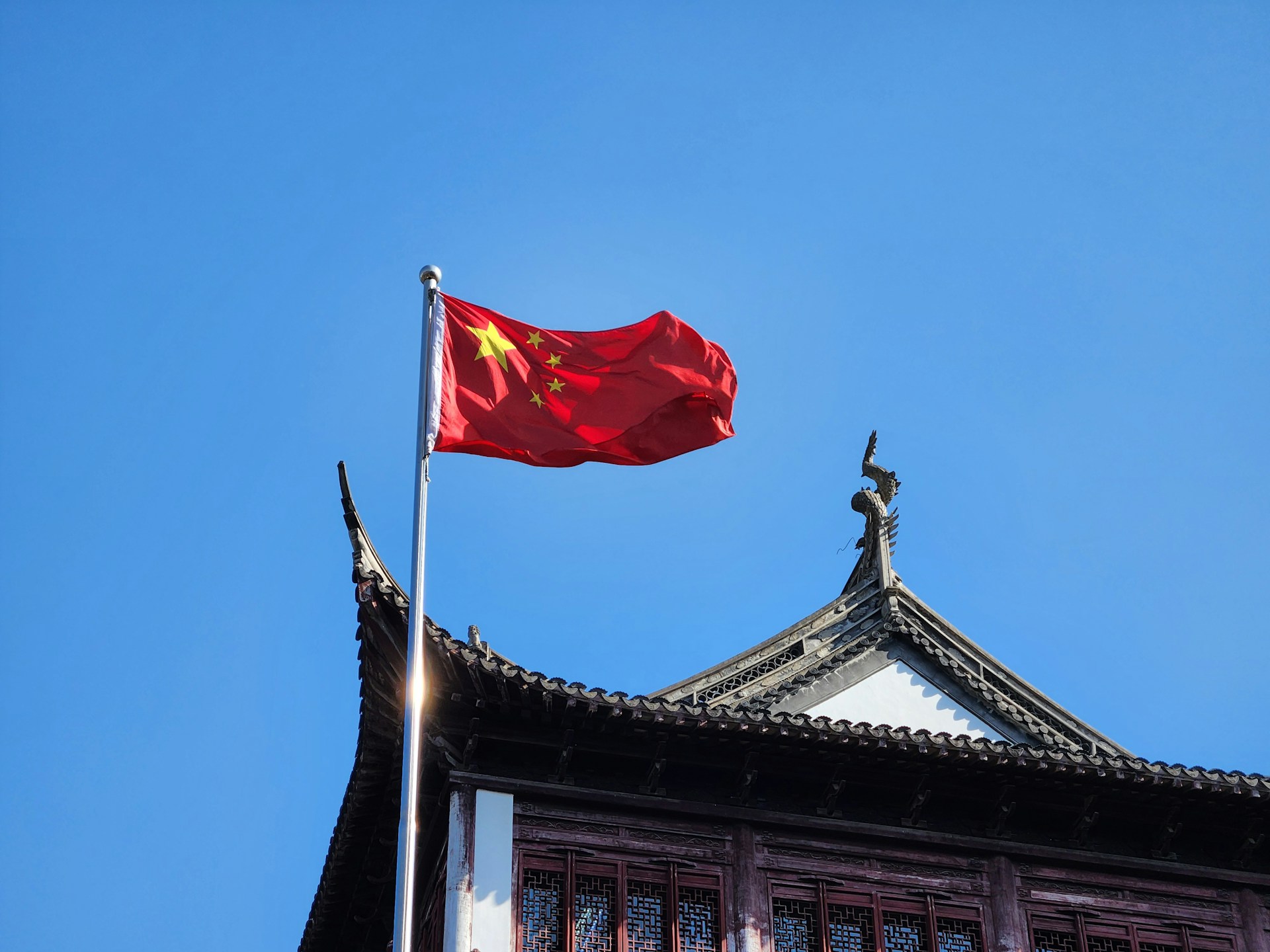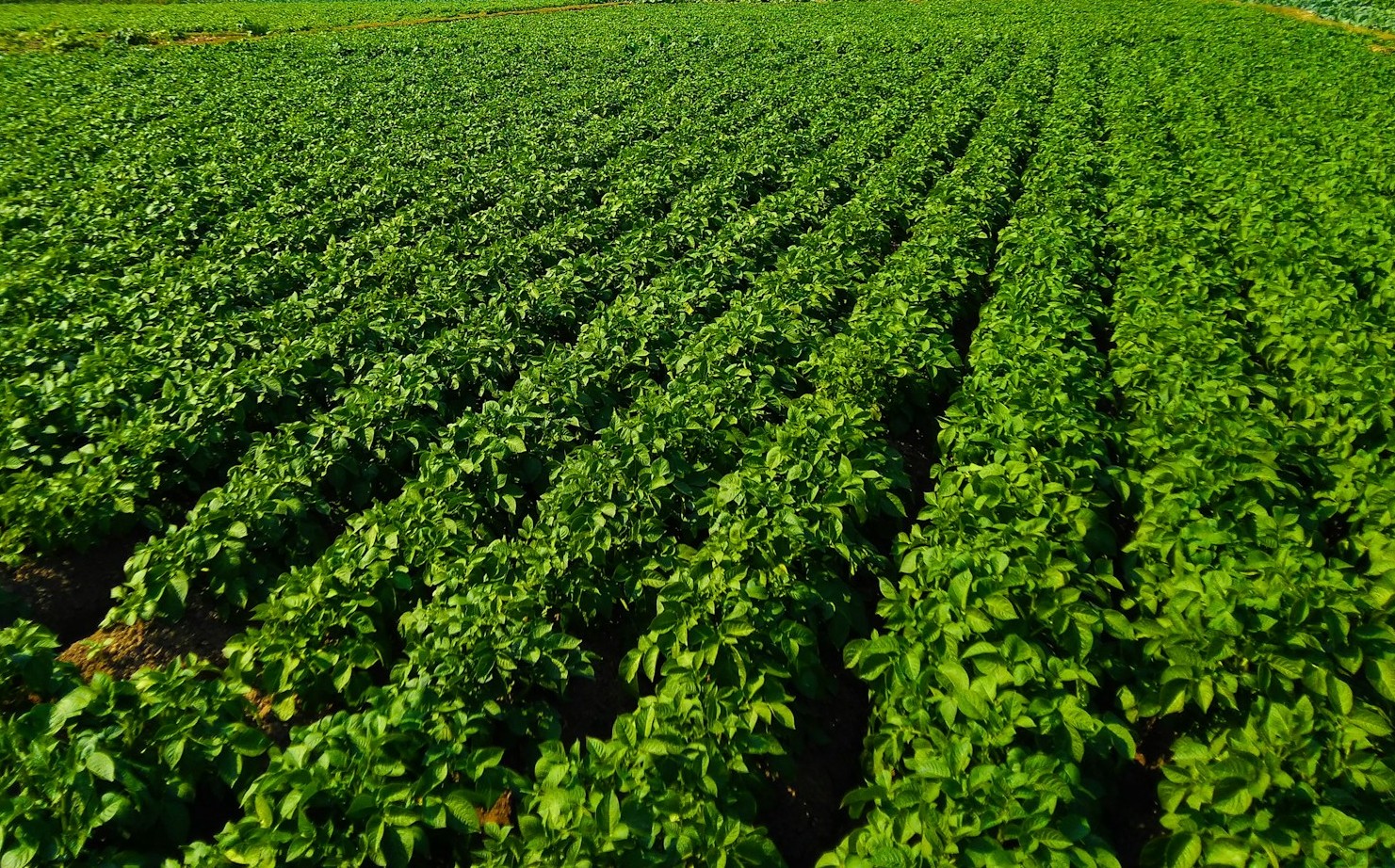Casablanca – Morocco’s foreign trade landscape is undergoing a notable transformation in 2025, shaped by shifting global demand, sector-specific dynamics, and strategic shifts in industrial policy. The country is seeing both encouraging growth in phosphate-related exports and a concerning slowdown in its once-dominant automotive sector. These developments, combined with rising imports and evolving investment flows, are redrawing the contours of Morocco’s external economic relations.
Widening trade deficit
According to the latest data from the Office des Changes, Morocco’s trade deficit grew by 18.4% year-over-year in the first half of 2025, reaching approximately $17.8 billion. This marks the largest gap recorded over the past five years for a six-month period. Total imports increased to $41 billion, up 8.9% from $37.7 billion in the same period last year, while exports grew at a slower pace of 3.1%, reaching $24.3 billion.
The trade coverage ratio—measuring the share of imports financed by exports—fell by 3.3 percentage points to 59.3%, reflecting the growing imbalance in trade flows.
Phosphates regain strategic importance
Phosphate exports have been a key driver of export growth in 2025. In the first half of the year, exports of phosphate and its derivatives rose by 18.9%, totaling $4.8 billion. This rebound comes after a period of decline in global fertilizer prices and a slowdown in demand in previous years. The surge has been fueled by increased global demand for fertilizers and chemicals, with raw phosphate exports rising by 47.7% and phosphoric acid also showing strong performance.
Morocco, home to over 70% of the world’s phosphate reserves, is reasserting its role as a global supplier of fertilizer products. This trend has offered the country a valuable buffer against trade pressures stemming from weaker industrial exports.
Automotive sector faces headwinds
By contrast, Morocco’s automotive sector—long a cornerstone of its industrial export economy—is facing significant challenges. Exports fell by 3.6% in the first half of 2025 to $8 billion, marking the first decline since 2020. A sharp drop in car sales in key European markets—especially France, where new vehicle sales fell by 19% in Q1—has hit Moroccan manufacturers hard.
Stellantis Morocco, a major automotive player, was particularly affected due to production shutdowns for maintenance and vehicle recalls in Europe, which disrupted supply chains between late 2024 and early 2025. However, a modest recovery in May (+6.4%) offers some hope that the sector’s slowdown may be temporary.
To adapt, Morocco is intensifying its pivot toward electric mobility. Major Chinese investments are underway, including a $1.3 billion battery manufacturing plant by Gotion High Tech in Kenitra, expected to be operational by Q3 2026. Other Chinese firms—such as BTR, CNGR, and Tinci—are also establishing supply chain components including cathode and electrolyte production sites.
The goal is to scale electric vehicle (EV) production to 107,000 units by the end of 2025, up from 70,000 in 2024, with the long-term target of EVs representing 60% of total automotive exports by 2030.
Imports: Mixed pressures
Morocco’s rising imports are another factor in the widening trade deficit. Food imports rose by 6.6%, reaching $5 billion, reflecting the country’s continued reliance on global markets to meet domestic consumption needs. On the other hand, energy imports declined by 7.4%, falling to around $5.5 billion, helping to alleviate pressure on the overall import bill as global oil prices stabilized and domestic consumption patterns evolved.
Other export sectors show stability
While automotive exports faltered, other sectors demonstrated resilience. Agricultural and agri-food exports rose by 3.2%, while the aerospace industry grew by 8.8%, reaching $1.5 billion in exports—affirming Morocco’s role as a niche player in global aeronautics manufacturing.
Tourism also made a strong contribution to foreign exchange earnings, with revenues increasing 9.6% to $5.6 billion in the first half of the year. This sector continues to serve as a critical pillar of Morocco’s external balance sheet, especially amid slower industrial export growth.
Meanwhile, foreign direct investment (FDI) surged by 59.7%, reaching $1.73 billion, signaling renewed confidence in the Moroccan business climate and the attractiveness of emerging sectors like green energy, electric mobility, and digital infrastructure.
Remittances from the Moroccan diaspora, however, dipped slightly by 2.6%, totaling $5.75 billion, although they remain at historically elevated levels.
Outlook
Morocco’s foreign trade performance in 2025 reflects a transition shaped by global volatility and internal economic adjustments. The resilience of the phosphate sector and strong FDI inflows are positive indicators, but the slowdown in industrial exports—particularly in automotive manufacturing—poses challenges that require both policy and market-driven responses.
As the country continues to develop its green industrial base and adapt to shifting global demand, the ability to reduce structural vulnerabilities—such as food dependence and sectoral concentration—will be key to stabilizing its trade balance and sustaining long-term growth.

